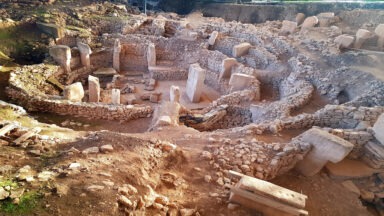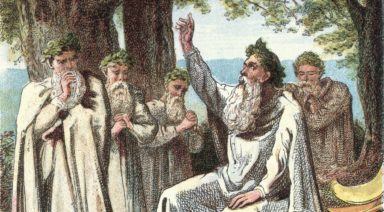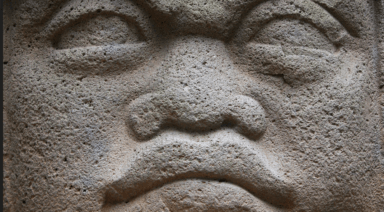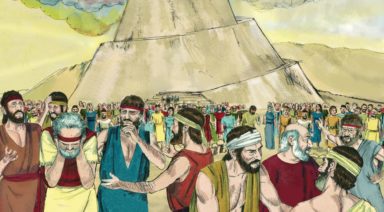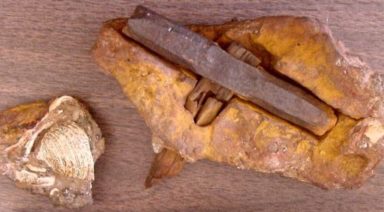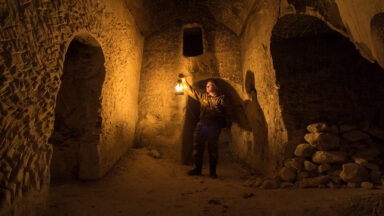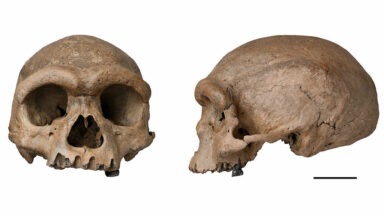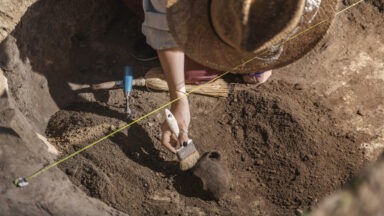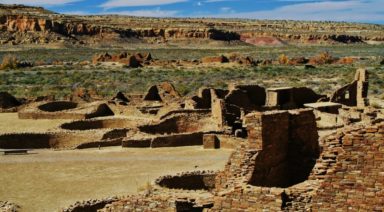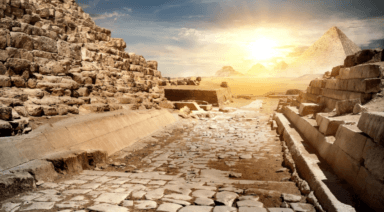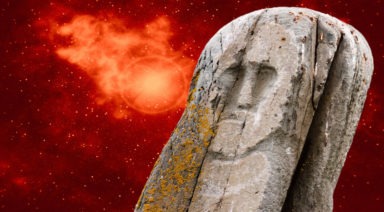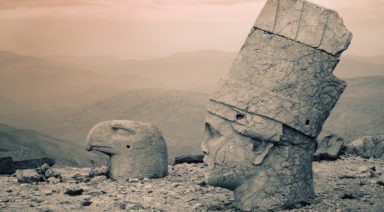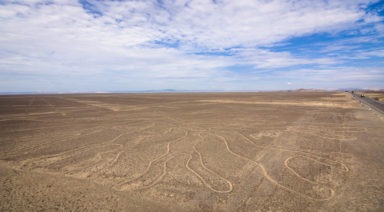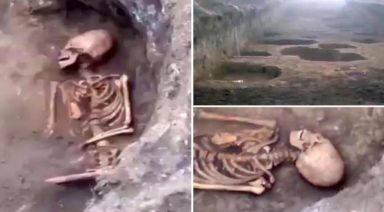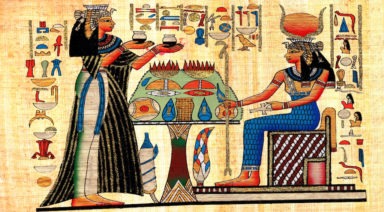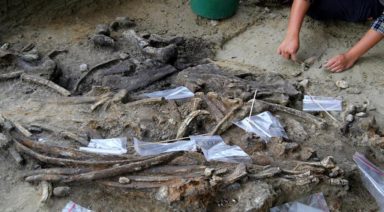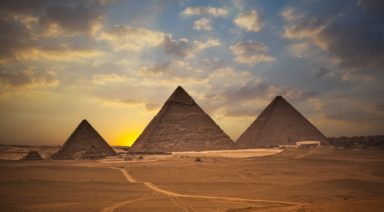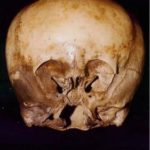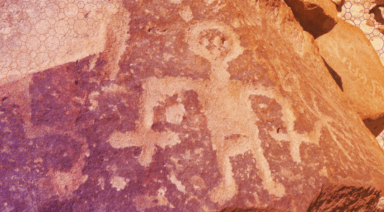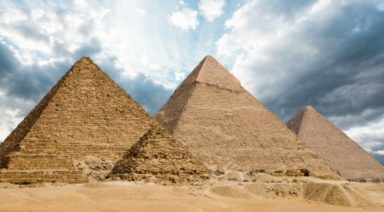Who Was the Sumerian God Enki?

The Sumerians were noted for their worship of many gods. Among them was Enki, a god known for being the patron deity of the city of Eridu.
Enki is depicted in many pieces of Sumerian art and literature, including the Babylonian creation epic the Enuma Elish, The Epic of Gilgamesh, and others. Due to his prominence in such works, it is fair to assume he played a large role in Sumerian culture. Much about Enki remains shrouded in mystery, and begs further exploration.
The God Enki
Enki, a god known for his inherent worth, represented healing, fertility, and creation in Sumerian culture. His intelligent magic often included trickery to benefit the good of the human race.
Son of a sky god, Enki was thought to reign over the Earth and high heavens. As a leader of the Anunna gods in Sumeria, it is believed Enki inhabited the Earth nearly 400,000 years ago.
Enki’s Various Names
Enki was known by a variety of names, including Enkig, Ea, Nissiku, and Nudimmud. The names come with a variety of translations, such as “Prince,” “Lord of the Earth,” and “Creator.”
Gift of Fertility & Creation
In Sumerian culture, Enki is heavily connected to the concepts of fertility and creation. This is often represented by water.
Ancient images of Enki show rivers flowing from his masculine shoulders. The rivers depicted are thought to be the Euphrates and Tigris rivers that flow through Mesopotamia and signify his gift of fertility to the land. According to legend, the rivers were formed from his semen, which further supports his ties to the concept of fertility.
In addition, other symbols associated with Enki are the goat and the fish, which also signify fertility or fertileness.
One Sumerian lore depicts Enki as the founder of Eridu, possibly Mesopotamia’s first city, thus establishing the beginning of life on Earth. The spiritual site of Eridu has been compared to the Judeo-Christian concept of the Garden of Eden.
In addition to his contributions to creation, Enki is noted for his divine crafts and arts that represent spirituality. It is said he came to Earth to share knowledge of the afterlife with humans.
Link to the Annunaki
The Anunna or Anunnaki were beings of higher consciousness and advanced technology. According to legend, these gods or extraterrestrials came to Earth in search of gold. In one Babylonian story, the elder gods enjoyed a leisurely life while the younger gods worked away mining gold.
The intelligent yet mischievous Enki suggested the gods create other beings to mine the gold for them. The Annunaki were thought to be clone masters who sought to clone lesser beings, such as the human race, to do their work. Control of human beings is still thought to be happening under Annunaki gods today.
Although Enki contributed to the concept of cloning, which could be considered manipulation of the human race, he was well-intended and provided humans with information on how to restore balance to the Earth after devastating droughts and famine. Enki was drawn to forgiveness, compassion, and humanity.
Enki Family Lineage
Enki had a substantial cosmic family line. His immediate family included a father figure, mother, brother, wife, and four sons. An additional eight children were born later, as mentioned in a folk tale. The names and relations of Enki’s family members vary throughout ancient texts.
Sumerian mythology referred to Enki’s father as Anu, meaning “sky god,” while Babylonian text uses the name Apsu, defined as “primordial father.” Enki’s mother, Nammu, was a goddess from the highest heavens. She was depicted as the female force who gave birth to the heavens and the Earth.
Enki was the twin of Adad, a god of weather and storms. Enki had another brother Enlin, who was thought to be an adversary, often causing trouble for Enki to creatively repair.
Enki later married the goddess Ninhursag, who is also known by the names Ninmah, Damgalnuna, and Damkina. Together they had four sons: Asarluhi, god of magical knowledge; Enbhlulu, god of dikes and canals; Adapa, human sage; and Marduk, god of magical knowledge.
In the tale Enki and Ninhursag, it is said Enki and his wife had eight more children in an effort to cure Enki after he became seriously ill. The eight offspring with healing powers included:
- Abu – god of plants and growth
- Nintulla – god of precious metals
- Ninsitu – goddess of healing
- Ninkasi – goddess of beer
- Nanshe – goddess of divination, dream interpretation, social justice, and fertility
- Azimua – goddess of healing
- Emshag – god of fertility
- Ninti – goddess and giver of life
Power and Humanity
Enki was a very powerful god and had the assistance of mystical beings at his service. Legends describe an assortment of creatures such as mermaids, giants, and even demons that aided Enki in his earthly endeavors. Although he could call upon both destructive and caring existences, Enki favored humanity and social justice. He was known for his intelligence, wisdom, and gift for divine arts and crafts. Enki’s knowledge of rituals included exorcism as well as healing prayers and chants.
An important figure in mythological history, Enki remains one of the greatest Sumerian legends and one of the most complex Sumerian gods. As such, one can spend a significant amount of time delving into the history and mystery of Enki. Continue to explore this fascinating mythical being on your own, and enjoy the journey.
11 New Hills Discovered at Gobekli Tepe Megalithic Site
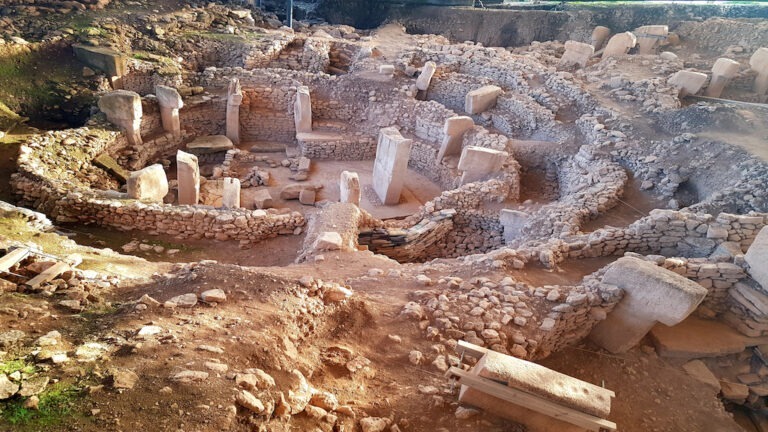
Turkey just made an announcement about a major archeological discovery at Gobekli Tepe. Could this finally shed light on who built the world’s oldest megalithic site, and why?
First unearthed in 1995, the 11,000-year-old excavation site at Gobekli Tepe has yielded the most significant collection of stone pillar monoliths ever discovered. While most archeologists agree that the structure is the world’s oldest temple, they have long-debated the origins and motivations of its builders. The recent findings of 11, possibly 12, new sites around Gobkeli Tepe may provide those answers.
Andrew Collins is an ancient history researcher who has written extensively about the site.
“Gobekli Tepe is in many ways the best evidence that we have of a lost civilization—a pre-Ice Age civilization that existed worldwide and was probably wiped out by very harsh conditions and possibly some kind of comet impact about 13,000 years ago, and that the sole remnants of this went on to create Gobekli Tepe,” Collins said.


